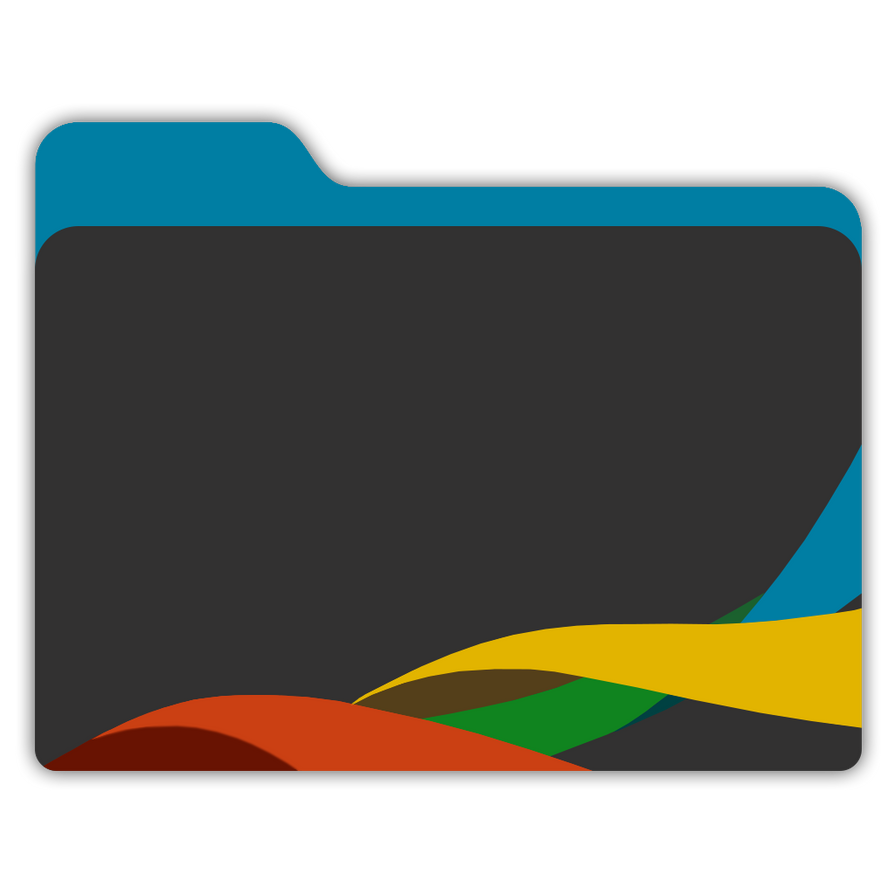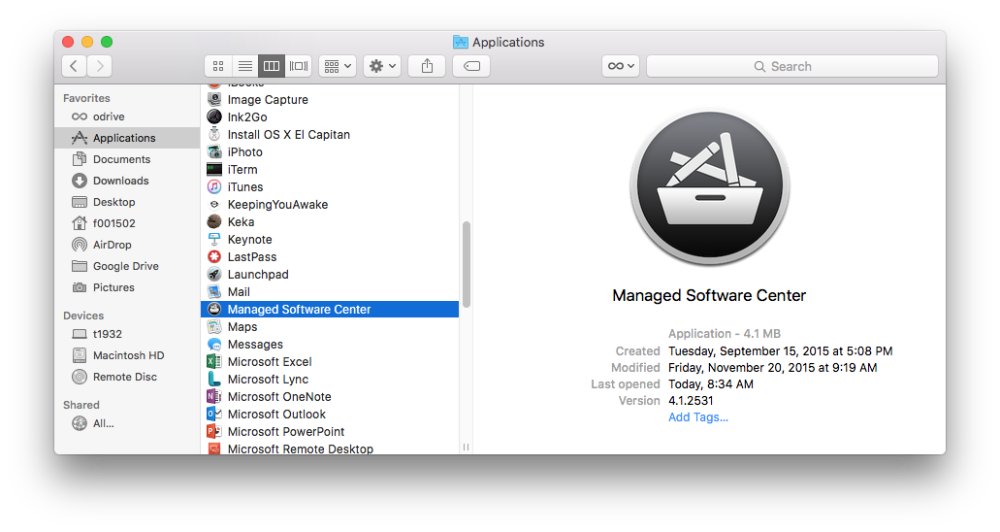Microsoft Office Folder Location Mac Rating: 4,2/5 91 votes
- Microsoft Office Folder Open
- Microsoft Office Folder Icons
- Microsoft Office Folder Location
- Microsoft Office Folder Location Mac Free
- Microsoft Office Folder Location Mac Os
Microsoft Office default installation folders for Windows (all versions) July 20, 2016 November 7, 2017 - by Ryan - 20 Comments. 142.3K Share Tweet Pin It Share. If you have a Microsoft Exchange account, you can share and delegate Outlook e-mail messages, events, contacts, tasks, and notes with people who are on the same Exchange server. Sharing is most often used by peers who are working on the same project. The shared folder appears under a separate account in the other user's navigation pane.
-->- Office X: The Normal file is located in the 'Templates' folder in your 'Microsoft Office' folder. Tip: Put your templates in your Microsoft User Data folder, where they won't be touched if you use 'Remove Office', and set the Project Gallery to find them there. Otherwise, “Remove Office” will delete those files.
- Sep 08, 2012 In the Microsoft folder, there is a folder called Office. In that folder are a number of folders, one of which is Office 2011 AutoRecovery. Click that, and any files saved by the autorecovery function will appear. Hierarchically: Finder. Application Support. Office 2011 AutoRecovery.
- If the problem still occurs, quit Microsoft Word, and restore the file to its original location. Then, go to the next step. If the problem seems to be resolved, you can move the com.microsoft.Word.plist file to the trash. Quit all Microsoft Office for Mac programs. On the Go menu, click Home. Open Library.
Note
Office 365 ProPlus is being renamed to Microsoft 365 Apps for enterprise. For more information about this change, read this blog post.
For a Microsoft Excel 2001 for Mac version of this article, see 259921.

Summary
This step-by-step article describes how to use the Microsoft Excel startup folders. Excel uses startup folders in two ways:
- To load Excel workbooks at startup.
- As a reference location for templates.
The actual startup folder locations vary, depending on which version of Excel you use.
Folders that Excel uses at startup
If you install Excel in the default location, Excel opens files from the following paths:
Microsoft Office Folder Open
In Microsoft Office Excel 2003, the path is C:Program FilesMicrosoft OfficeOffice11Xlstart
In Microsoft Office Excel 2007, the path is C:Program FilesMicrosoft OfficeOffice12Xlstart
C:Documents and SettingsUser_nameApplication DataMicrosoftExcelXLSTART
In this path, User_name is your logon user name.
The folder that is specified in the At startup, open all files in box.
Note
To find the At startup, open all files in box in Excel 2003, click Options on the Toolsmenu, and then click the General tab.
To find the At startup, open all files in box in Excel 2007, click the Microsoft Office Button, click Excel Options, and then click Advanced. The At startup, open all files in box is under General.
Accepted file types during Excel startup
You typically use startup folders to load Excel templates and add-ins. You can also use startup folders to load workbooks. When you load the following types of files from a startup folder, the files have the important characteristics that are described in the following list.
Templates
If you save a workbook named Book.xlt, and then put it in a startup folder location, that workbook is the default workbook when you start Excel or open a new workbook.
To use additional templates, you must save them in the following folder:
C:Program FilesMicrosoft OfficeTemplates1033
To use the templates in Excel 2003, follow these steps:
- On the Filemenu, click New.
- In the New Workbook task pane, click On my computer under Templates.
- In the Templates dialog box, double-click the template for the type of workbook that you want to create on the Spreadsheet Solutions tab.
To use the templates in Excel 2007, follow these steps:
- Click the Microsoft Office Button, and then click New.
- Under Templates, click Installed Templates.
- Under Installed Templates, click the template that you want, and then click Create.
Add-ins
Add-ins (.xla files) that you put in a startup folder do not typically appear when you start Excel. The add-ins are loaded in memory. The add-ins run any auto macros.
You can use these add-ins by whatever method the add-in provides (for example, a command on a menu or a button on a toolbar).
Workbooks
Workbooks (.xls files) that you put in a startup folder are loaded and appear when you start Excel, unless the workbook is saved in a hidden state.
For example, the personal macro workbook Personal.xls is a global macro workbook that Excel typically loads from the XLStart folder in a hidden state.
Incorrect use of the alternative startup file location
When you use the alternative startup file location, you must specify a file path where there are recognizable file types (such as templates, add-ins, and workbooks).
If Excel finds unrecognizable file types in a startup folder, you may receive an error message. The most common error message is:
This file is not a recognizable format.

Microsoft Office Folder Icons
Use the default file location
In addition to the alternative startup file location, the default file location can be set by using the Default file location box on the General tab in the Options dialog box in Excel 2003.
The default file location differs from a startup folder. It can set the folder location that you want Excel to point to when you open or save a file by using the File menu.
Note
In Excel 2007, to see the default file location, follow these steps:
- Click the Microsoft Office Button, and then click Excel Options.
- Click Save.
- The Default file location box is under Save workbooks.
If you have a Microsoft Exchange account, you can share and delegate Outlook e-mail messages, events, contacts, tasks, and notes with people who are on the same Exchange server.
Sharing is most often used by peers who are working on the same project. The shared folder appears under a separate account in the other user's navigation pane. Depending on the sharing permissions, the person may be able to read, create, edit, or delete items in the shared folder.
Microsoft Office Folder Location
Delegation involves granting permission to another person, known as a delegate, to receive and respond to e-mail messages and meeting requests on your behalf. You can also grant additional permissions that allow your delegate to read, create, or edit items in your Exchange account.
Note: When you delegate or share an address book, calendar, or mail folder, delegates or users who share those folders could view your private contacts, events, or e-mail messages by using other software applications. To help protect your privacy, put private items in a separate, non-shared address book, calendar, or mail folder.
Options for sharing a folder
When you share a folder, you can set permissions that define what each user who accesses the folder can do:
Permission level | Activities that a sharing user can perform |
|---|---|
Owner | Create, read, modify, and delete all items in the shared folder. As an owner, a user can change the permission levels that others have for the folder. |
Publishing Editor | Create, read, modify, and delete all items, and create subfolders. |
Editor | Create, read, modify, and delete all items. |
Publishing Author | Create and read items, create subfolders, and modify and delete items that you create. |
Author | Create and read items, and modify and delete items that you create. |
Nonediting Author | Create and read items, and delete items that you create. |
Reviewer | Microsoft office 2014 free download for mac full version. Read items only. |
Contributor | Create items only. |
Custom | Perform activities defined by the folder owner. |
Free/Busy time, subject, location | For calendar sharing only, read the free/busy information, subject, and location of calendar events |
Free/Busy time | For calendar sharing only, read the free/busy information of calendar events |
None | Not perform any activity. The user remains on the permissions list but has no permission and cannot open the folder. |
Options for delegating a folder
Microsoft Office Folder Location Mac Free
When you add a delegate, you can give the delegate separate permission levels for your calendar, inbox, address book, tasks, and notes folders:
Permission level | Activities that a delegate can perform |
|---|---|
Editor Microsoft visio 2016 mac crack. Dec 19, 2017 Microsoft Visio 2016 Professional Crack gives the facilities operations diagrams and engineering schematics previously obtainable in Visio. Visio Professional is a diagramming request that can help you document, style, communicate and automate complex ideas, processes, and systems to help you to take far better action. Microsoft Visio Standard 2016 Crack helps you to simplify complex information through very simple, easy-to-understand diagrams. Visio Standard includes stencils for business, basic network diagrams, organization charts, basic flowcharts, and general multi-purpose diagrams. | Read, create, and modify items, including modifying and deleting items that the account owner created. For example, a delegate with Editor permissions can create meeting requests directly in the account owner's calendar and respond to meeting requests on the account owner's behalf. |
Author | Read and create items, and modify and delete items that he or she creates. |
Reviewer | Read items only. For example, the delegate can read messages in the account owner's inbox. |